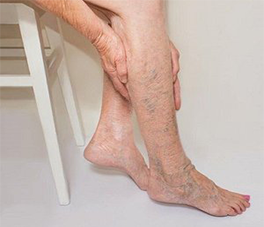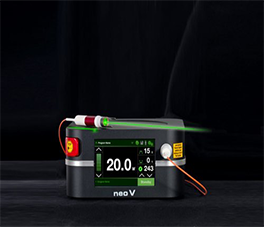Wound Care-Skin Substitutes


Skin substitutes (also called tissuebased products and dermal replacements) are a boon to chronic wound management when traditional therapies have failed. When selecting skin substitutes for their formularies, wound care professionals have many product options—and many decisions to make.
Today, skin grafting and seeding techniques are used successfully for treating wounds. Autologous grafts are the optimal choice for wound coverage. But availability of skin for harvesting may be limited, particularly in cases of large burns. Also, autograft procedures are invasive and painful.
Allografts and xenografts (for instance, porcine or bovine grafts) may be used as temporary skin replacements. Typically, though, these are later covered by an autograft. Also, they have significant clinical limitations, including immune rejection with allogeneic grafts (grafts from donors who are genetically different from the recipient but of the same species), as well as pain, scarring, slow healing, and infection.
Bioengineered skin substitutes were created to eliminate certain problems with skin grafts. They’re used to treat non-healing wounds and for soft-tissue grafts in patients with life-threatening full-thickness (third-degree) or deep partial–thickness (second-degree) burns, surgical wounds, diabetic foot ulcers, venous ulcers, and certain other conditions, including epidermolysis bullosa.
Bioengineered skin substitutes contain live human cells that are seeded onto a matrix and provided with the proteins and growth factors needed to grow and multiply into the desired tissue. Various biosynthetic and tissue-engineered human skin equivalents are manufactured under an array of trade names and marketed for various purposes.

Bioengineered skin substitutes fall into five classifications:
Some skin substitutes also possess unique regenerative properties. For instance, an allograft made of amniotic membrane and umbilical cord (NEOX®, made by Amniox Medical) exhibits the same biology responsible for propagating fetal regenerative and scarless wound healing. When transplanted into the adult wound environment, these placental tissues modulate inflammation and promote healing.

Some skin substitutes require more maintenance than others, potentially leading to product waste if storage conditions aren’t optimal. For example, tissue-based products containing live cells have stringent shipping and application requirements; they’re shipped on dry ice and the patient must receive the graft within hours after the product arrives at the wound center.
In contrast, a skin substitute that remains stable in a wound center’s refrigeration unit is available when the patient needs it, so treatment can start sooner than with a product that has a narrow window for use. For instance, NEOX can be refrigerated safely at temperatures ranging from -112° to 39° F (-80° to 3.8° C) for up to 2 years without structural or functional compromise. If the product isn’t opened, it can be exposed to room temperatures of 68° to 77° F (20° to 25° C) for up to 6 hours and safely returned to cold storage. NEOX is the only cryopreserved amniotic membrane product that doesn’t need to be stored in a deep freezer.

As an advanced tissue treatment modality, skin substitutes are more expensive than conventional wound dressings and may have more complex storage and preparation requirements. To prevent waste, clinicians should choose a product that can be stocked in a range of sizes. Some substitutes are available only in small or very large sizes, which don’t conform to most wounds; this means the wound center ends up paying for the excess product it must throw away.
Also consider how many times a skin substitute will need to be placed on a patient’s wound before it closes. One that needs to be applied only twice is more cost effective than a less expensive one that requires multiple applications.